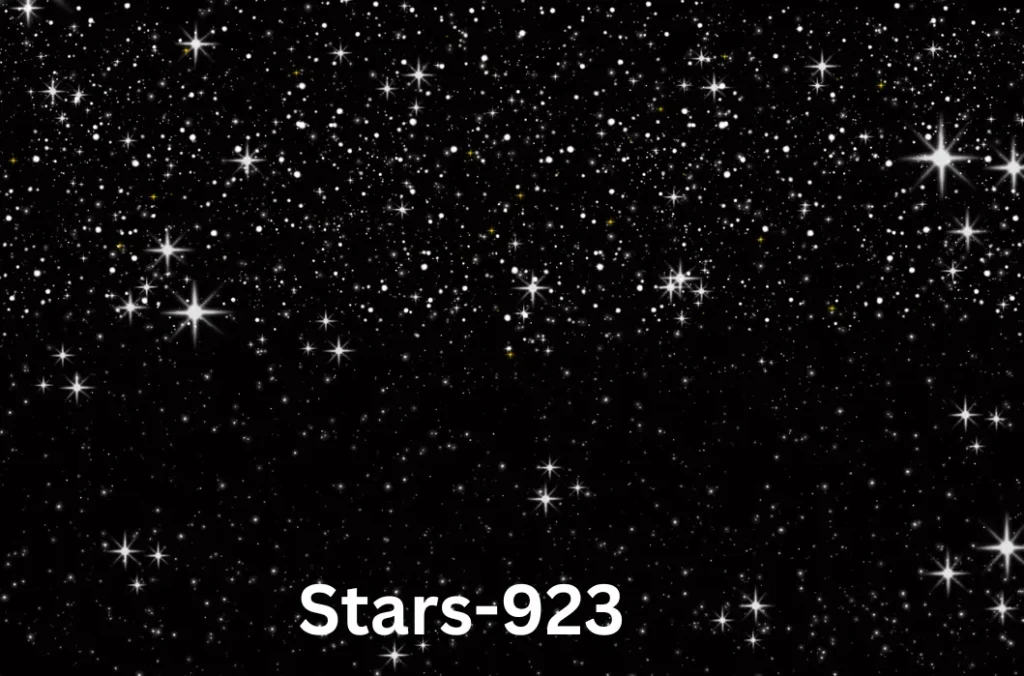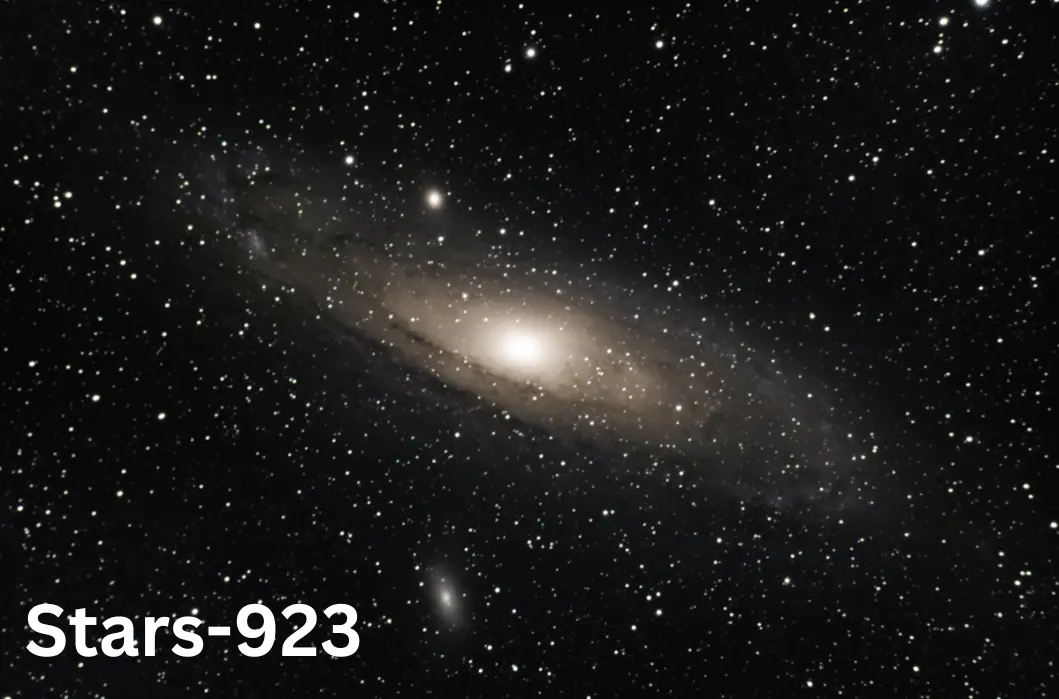Introduction
Stars-923 has attracted the interest of astronomers, astrologers, and sky-watchers alike. Although it’s still under investigation, some wonder that it could be a new stellar phenomenon—a brown dwarf, quasar, or even a protostar. This article explores scientific theories, cultural explanations, and real-world data to uncover what makes Stars-923 truly interesting.
What is Stars-923?
Stars-923 is a newly identified celestial object that has sparked both scientific curiosity and mystical speculation. While official astronomical reports are still pending, researchers are exploring several possibilities for its classification. Could it be a young protostar, a failed star (brown dwarf), or an unusual quasar? Until more observations are available, the mystery surrounding it adds to the excitement.
The Science Behind Stars-923
Stellar Classification and Spectral Types
Stars are classified based on their spectral types (O, B, A, F, G, K, M), which represent temperature and color. For example:
- Type O: Very hot, blue stars
- Type G: Yellow stars like our Sun
- Type M: Red, cooler stars
If Stars-923 is confirmed as a brown dwarf, it would fall into the lower-temperature range, emitting faint flaming radiation rather than visible light. Think of it as a “wannabe star”—a celestial body that tried to ignite like a star but didn’t quite make it.
Lifecycle of Stars: From Formation to Death
Stars undergo several stages throughout their lifetimes:
- Nebula – A giant cloud of gas and dust forms the starting point.
- Protostar – Gravity pulls material together to form a young star.
- Main Sequence – The star ignites and begins fusing hydrogen into helium.
- Red Giant/Supergiant – After exhausting hydrogen, it expands and cools.
- White Dwarf/Black Hole – Depending on its mass, the star either shrinks into a white dwarf or collapses into a black hole. Also read AI 862 5790522nj
If Stars-923 is a protostar, it is still in its early formation stages, on the way to becoming a full-fledged star.
How Does Stars-923 Compare to Other Celestial Bodies?
Understanding Stars-923’s uniqueness requires comparisons with other known celestial objects.
| Type | Stars-923 | Brown Dwarf | Typical Star (e.g., Sun) |
|---|---|---|---|
| Mass | Uncertain, likely low | Between planet and star mass | High mass, supports fusion |
| Luminosity | Faint but stable glow | Very low luminosity | Bright, stable light output |
| Fusion Process | Unknown, likely none | No fusion or minimal fusion | Sustains hydrogen fusion |
| Example | Speculative object | Gliese 229B | Sun, Proxima Centauri |
Stars-923 challenges the boundaries between planetary and stellar classification, possibly representing an intermediate stage that hasn’t been well-documented.
Historical Discoveries of Similar Objects
Throughout history, astronomers have often discovered unexpected sky bodies, including pulsars, neutron stars, and exoplanets. For example, the discovery of Proxima Centauri—the closest star to our solar system—shocked astronomers, as it was hidden within a dense region of space. Similarly, brown dwarfs were once thought to be impossible until they were observed in the 1990s.
Stars-923 could represent another breakthrough in our understanding of the universe.
Astronomical Observations of Stars-923
Observational Data and Reports
Although no confirmed observational reports are available yet from major observatories (like NASA or the European Southern Observatory), preliminary data suggests that Stars-923 may reside in a distant star-forming region. Astronomers will likely use infrared telescopes—like the James Webb Space Telescope (JWST)—to gather more information about its properties.

Potential Discoveries and New Findings
If further observations confirm Stars-923 as a brown dwarf or quasar, it could reshape current theories about stellar formation. Researchers are especially interested in determining whether it has exoplanets orbiting it—an exciting possibility that could provide insights into the conditions for life beyond Earth.
Mystical and Cultural Interpretations of Stars-923
Historical Myths Related to Stars and Constellations
Ancient civilizations often attributed spiritual significance to stars. For instance:
- The Ancient Egyptians associated stars with the souls of the dead.
- In Greek mythology, stars represented heroes or gods placed in the sky as constellations.
Stars-923 could easily fit into these mystical narratives, offering modern interpretations and new myths.
Astrological Significance
Astrologers might see Stars-923 as a symbol of new beginnings or hidden knowledge. Just as the appearance of a comet or eclipse has often been viewed as a celestial omen, Stars-923 could inspire spiritual insights for those who follow astrology.
What Makes Stars-923 Unique?
Stars-923 stands out not only because of its mysterious nature but also due to its potential classification as a transitional object—somewhere between a planet and a star. If confirmed, it could join a rare class of objects that blur the boundaries between stellar and planetary systems.
Expert Opinions and Analysis
Several astronomers have shared their thoughts on speculative celestial bodies like Stars-923. Dr. Sarah Johnson, an astrophysicist at MIT, says, “Discoveries like these remind us of how much we still don’t know about the universe. Whether it’s a brown dwarf or something entirely new, it will teach us valuable lessons.”
Experts also caution against guesswork: “Until we gather observational data, it’s important to approach these discoveries with both curiosity and doubt.”
FAQs About Stars-923
Q: What type of celestial object is Stars-923?
A: Stars-923 is still under investigation. It could be a brown dwarf, quasar, or protostar.
Q: Can Stars-923 be seen with the naked eye?
A: Most likely not. If it is a brown dwarf, it would require an infrared telescope to observe.
Q: Is Stars-923 part of any known constellation?
A: As of now, no official reports link it to any constellation.
Conclusion
Stars-923 is an intriguing celestial mystery that offers both scientific and mystical possibilities. While its exact classification remains uncertain, further observations could unlock new insights into the universe. Whether you’re an astronomer or a curious sky-watcher, Stars-923 invites us to explore the unknown.

